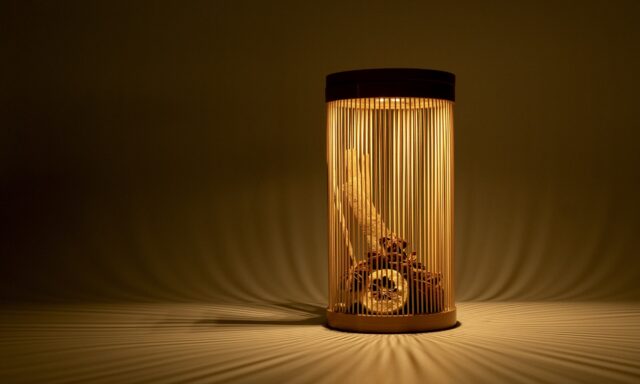Newly Launched “Yakiiro” Chopstick Rest by MIYAMA
New Products VOL.19
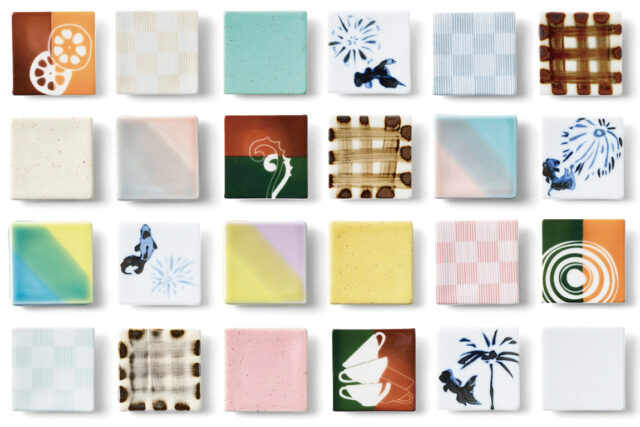

VOL.1-19
Update

VOL.1-27
Update
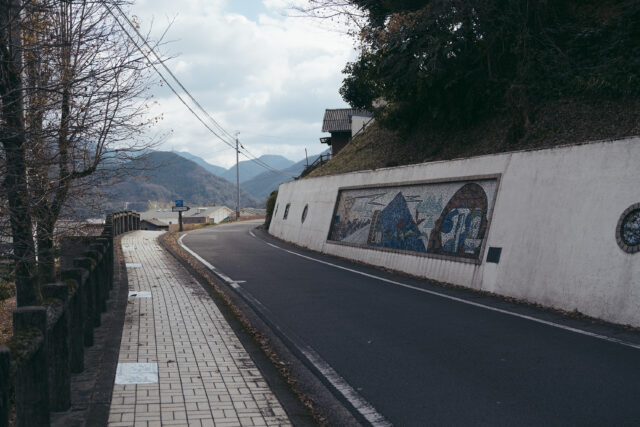
VOL.1-4
Update
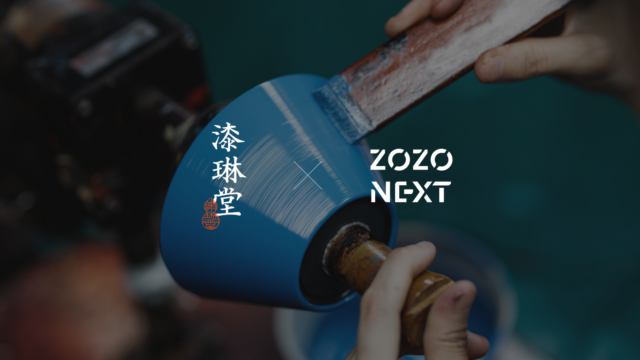
VOL.1-19
Update
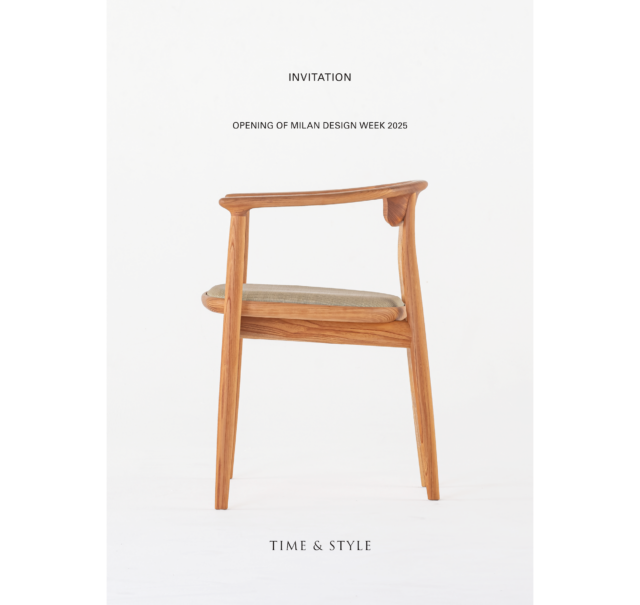
VOL.1-43
Update
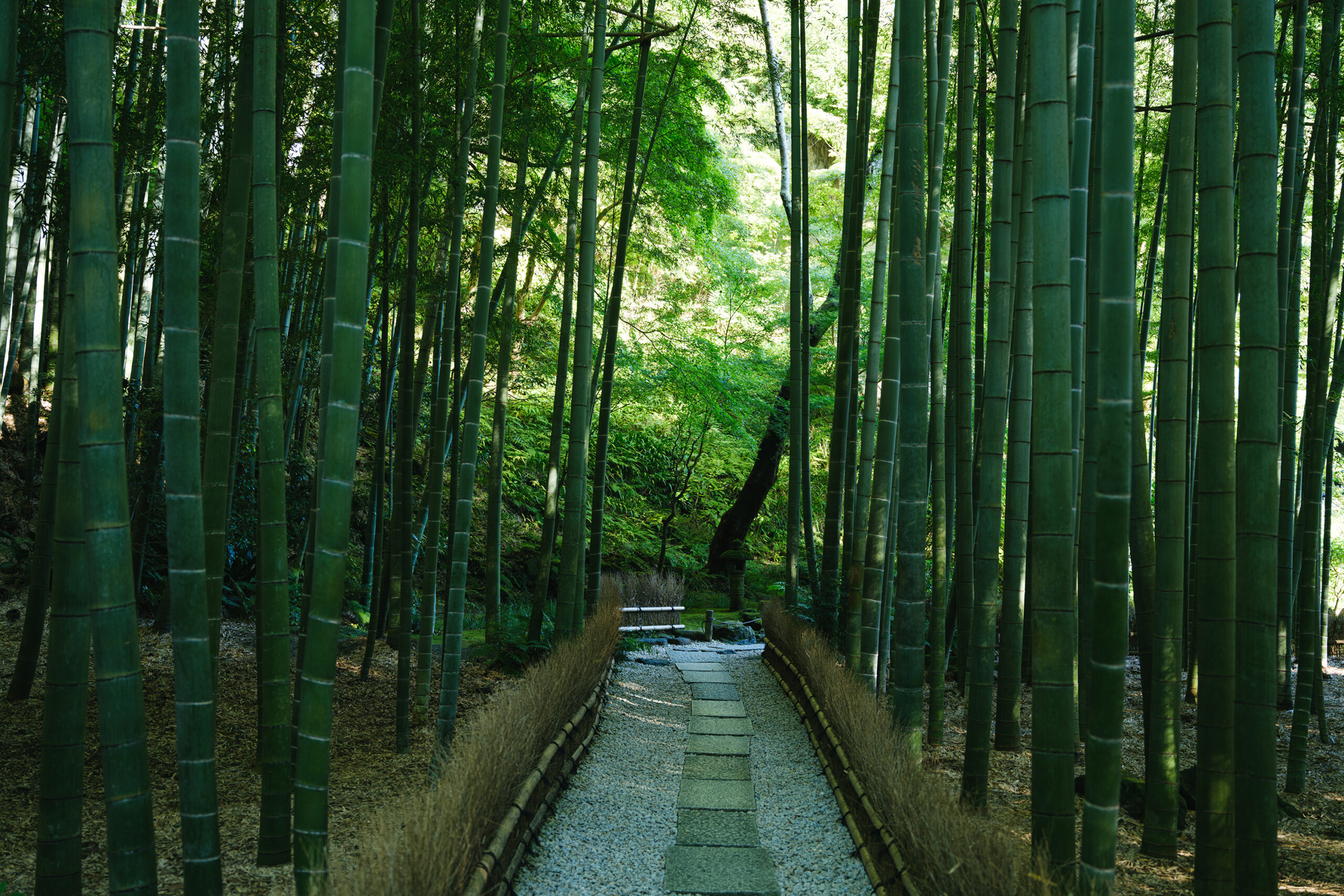
VOL.1-2
Update
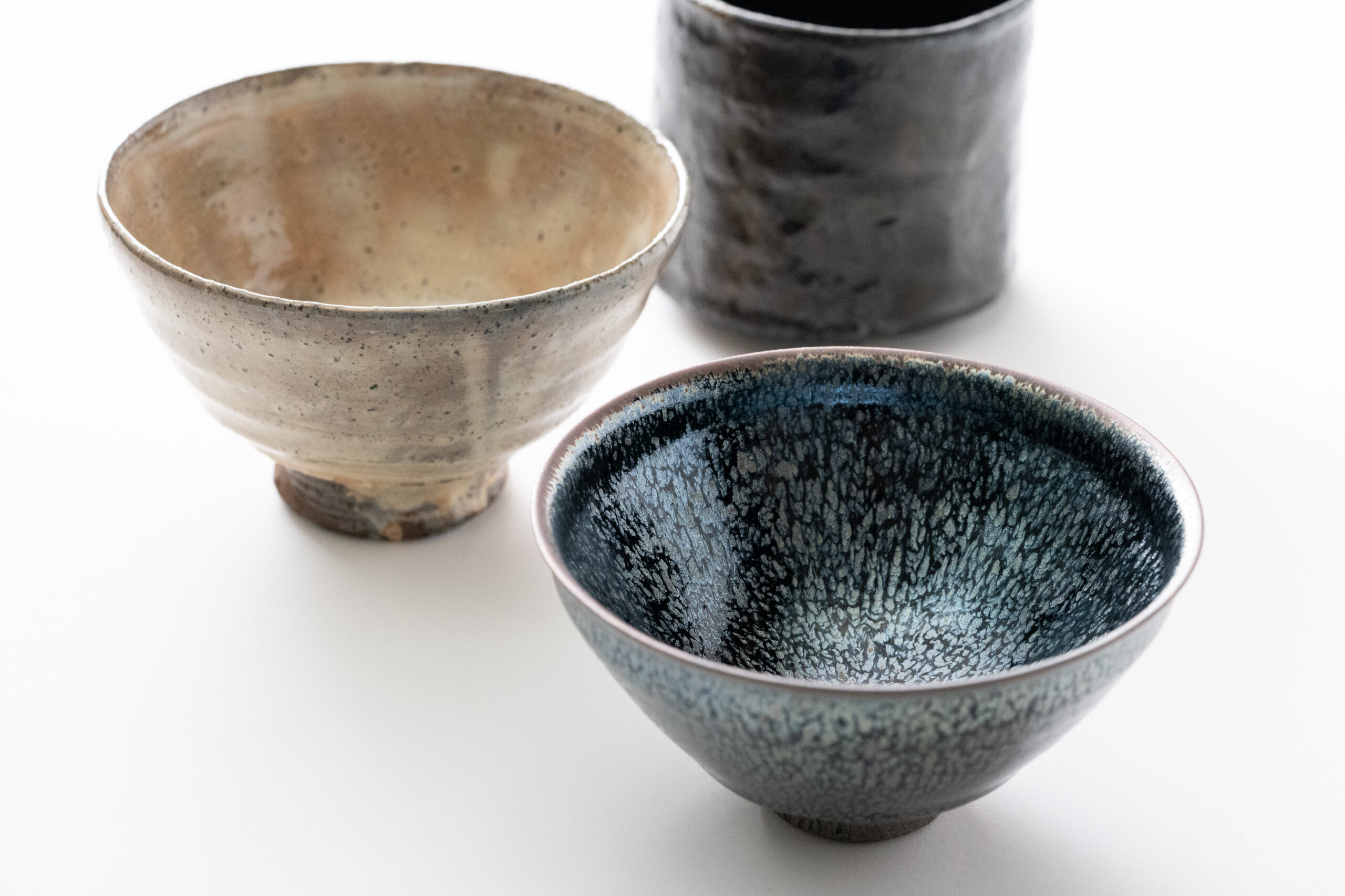
VOL.1-3
Update

VOL.1
Update
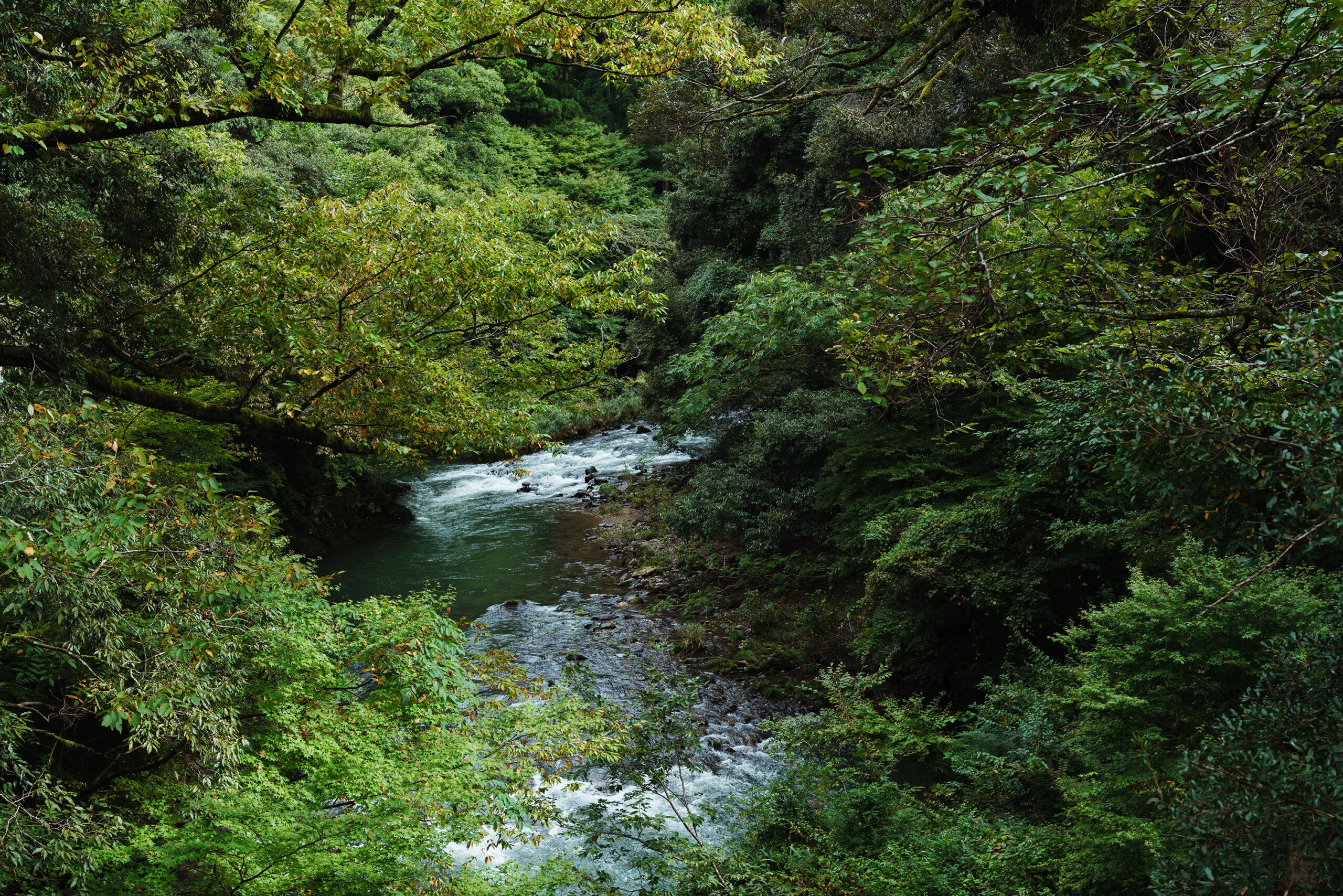
VOL.1-7
Update
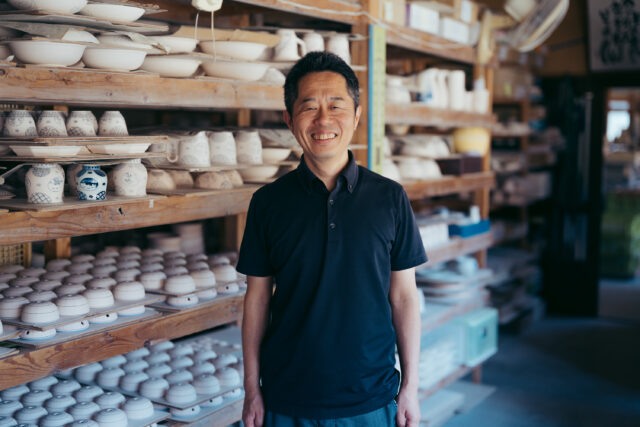
VOL.1-32
Update
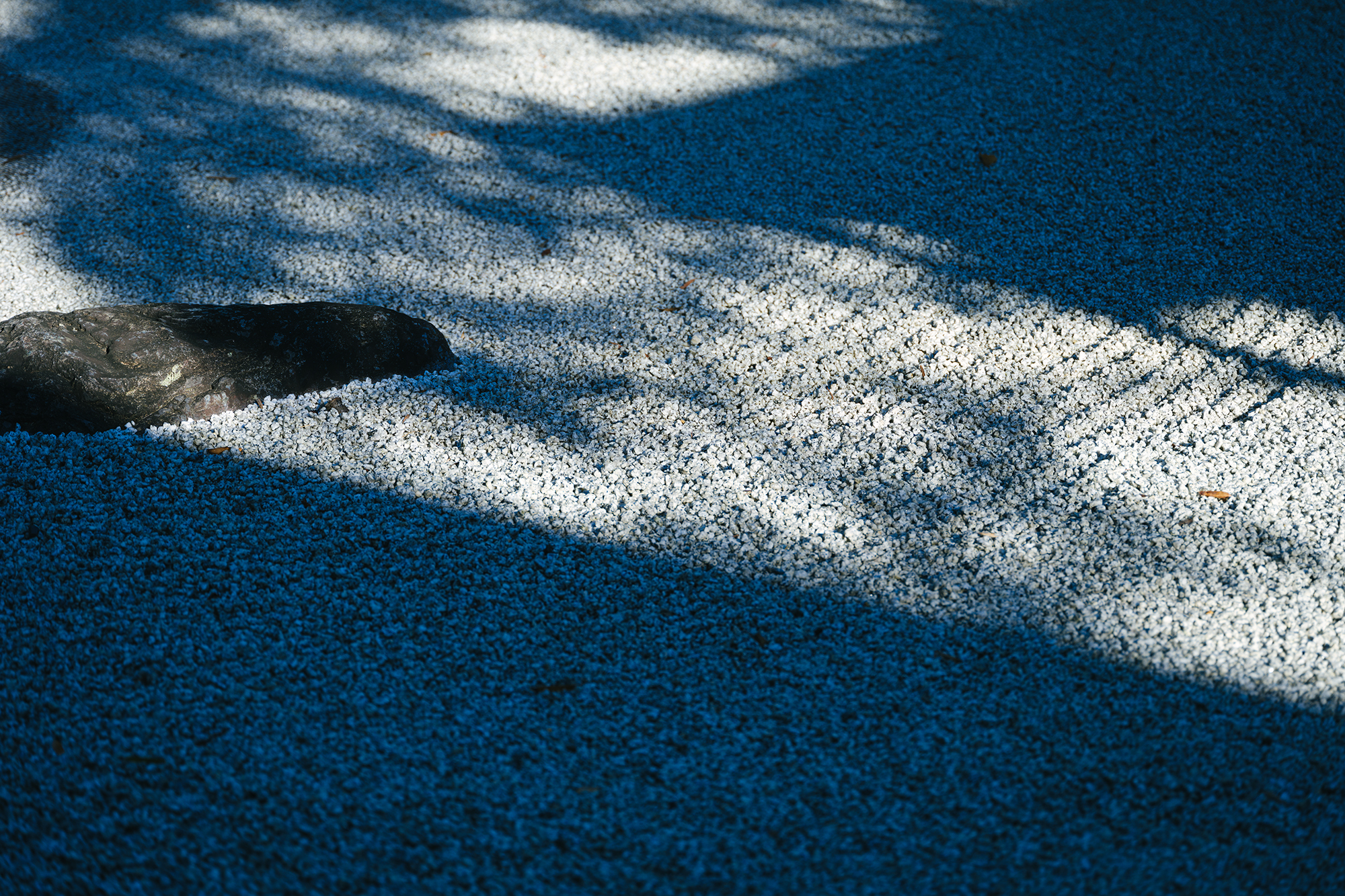
VOL.1-12
Update
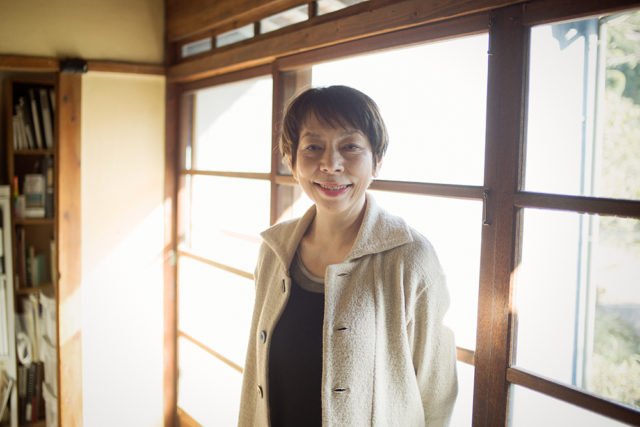
VOL.1
Update
We share a variety of information and perspectives on Japanese crafts, including exhibition information and interviews.
New Products VOL.19
Exhibition • Event Report VOL.27 AD
New Products VOL.18
Editor's Column "Craft Production Regions" VOL.4 AD
Jun 29 – Sep 7, 2025
Midorigaoka Art Museum Annex
Jul 12 – Aug 24, 2025
MIHO MUSEUM
Jul 12 – Sep 28, 2025
Bizen City Museum of Art
Ishikawa
Jul 12 – Oct 19, 2025
Notojima Glass Art Museum
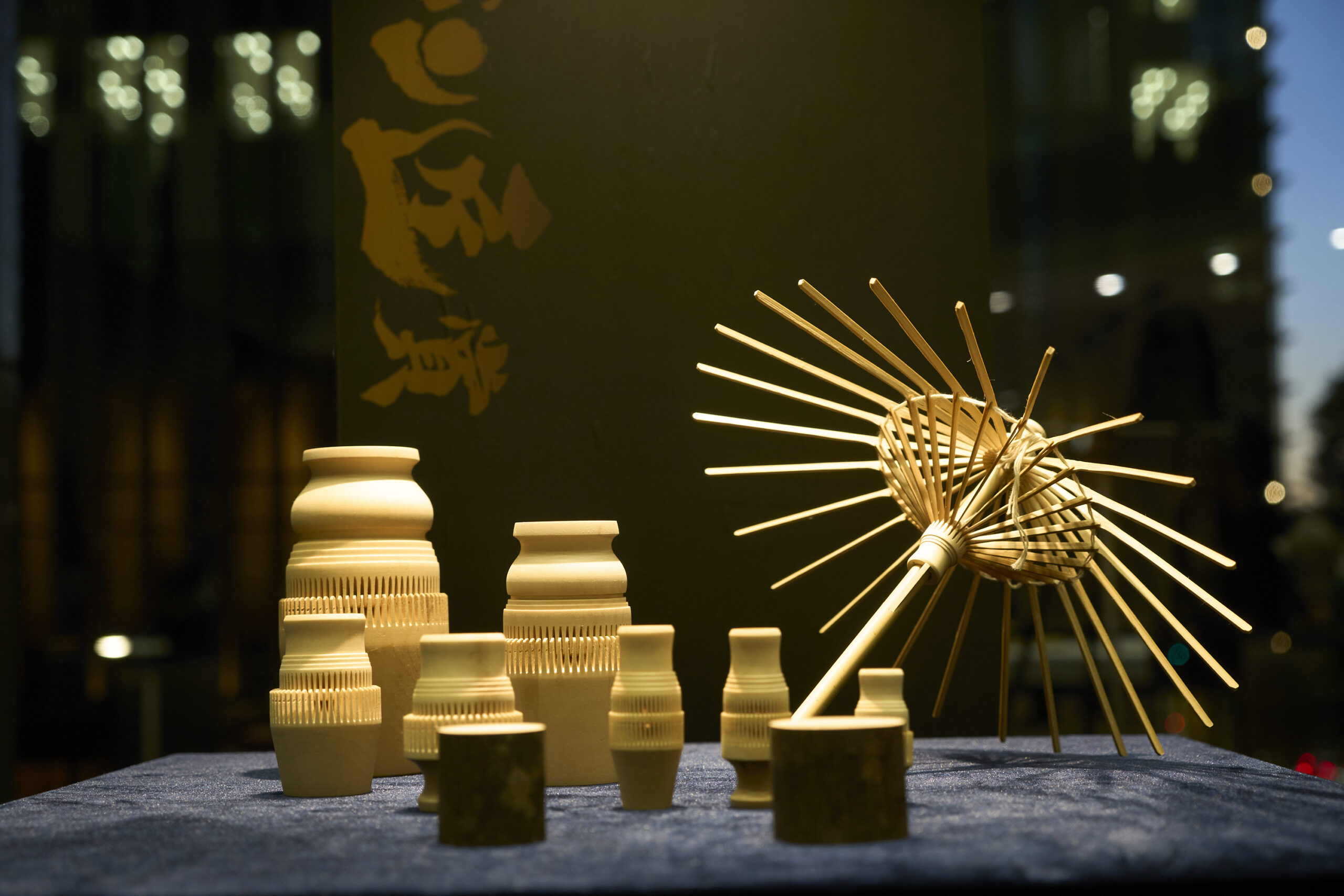
Kokura-ori, a yarn-dyed textile, requires many threads in a variety of colors to express delicate gradations. Noriko usually creates threads dyed in hundreds of different colors. When asked by Mariko Tsuchida, Executive director of Japan Design Committee, who served as an interviewer at the talk event, “What color do you like best?” she replied, “Purple, the most noble color, is still the color I admire. It is difficult to dye and is a precious color. It is exceptional. As for other colors, I like green. Green is a color that cannot be dyed in one step, so I dye it first with indigo and then add yellow such as enju. It is a mystery, isn’t it? Even though green is so plentiful in nature. I think it is a color that has a broad and deep range, as if we are being taught that what we see and what is true are two different things.”
Design Gallery 1953 was established in 1964 to introduce various genres of design from around the world. “In past solo exhibitions of Noriko Tsuiki’s work, Kokura-ori has mostly been appreciated as kimono or obi, rather than as works of art. However, this exhibition, planned and organized by world-renowned textile designer Reiko Sudo, introduces Kokura-ori from the perspective of design. This is a very groundbreaking event,” says Mio Tsuiki of Kokura Shima Shima, the Kokura-ori brand for which Noriko Tsuiki supervises the design. Thanks to the efforts of Noriko and many others who share her passion, Kokura-ori production is now expanding, not only by hand weaving but also by machine weaving, and is introducing the beauty of its designs to the world. “We would like to promote Kokura-ori installations like this one at overseas venues as well,” says Mio Tsuiki eagerly.
After the talk, I viewed the exhibit again. I noticed that Noriko’s affection for the colors of the natural world underlies all of her stripes. As she says, “I listen to the sounds of the natural world and design the music that comes to my mind and put it into the stripes,” each color is vibrantly alive as if playing a harmony within the stripes. She is currently experimenting with diagonal lines to enhance the beauty of the vertical stripes, something that is still a trial and error process which requires a high level of perfection. Next year, Kokura-ori will celebrate the 40th anniversary of its rebirth. We look forward to a new piece being spun.
Written by Kyoko Tsutsumi
“The Rebirth of Kokura Ori: The Beauty and Essence of Stripes – The Revival of Kokura Ori That Stemmed From a Single Piece of Fabric”
Dates: December 27, 2022 to February 20, 2023, 10:00 am to 8:00 pm (Final day closes at 5:00 pm), Free admission
Venue: Matsuya Ginza 7th floor, Design Gallery 1953 (3-6-1, Ginza, Chuo-ku, Tokyo)
Website: https://designcommittee.jp/
